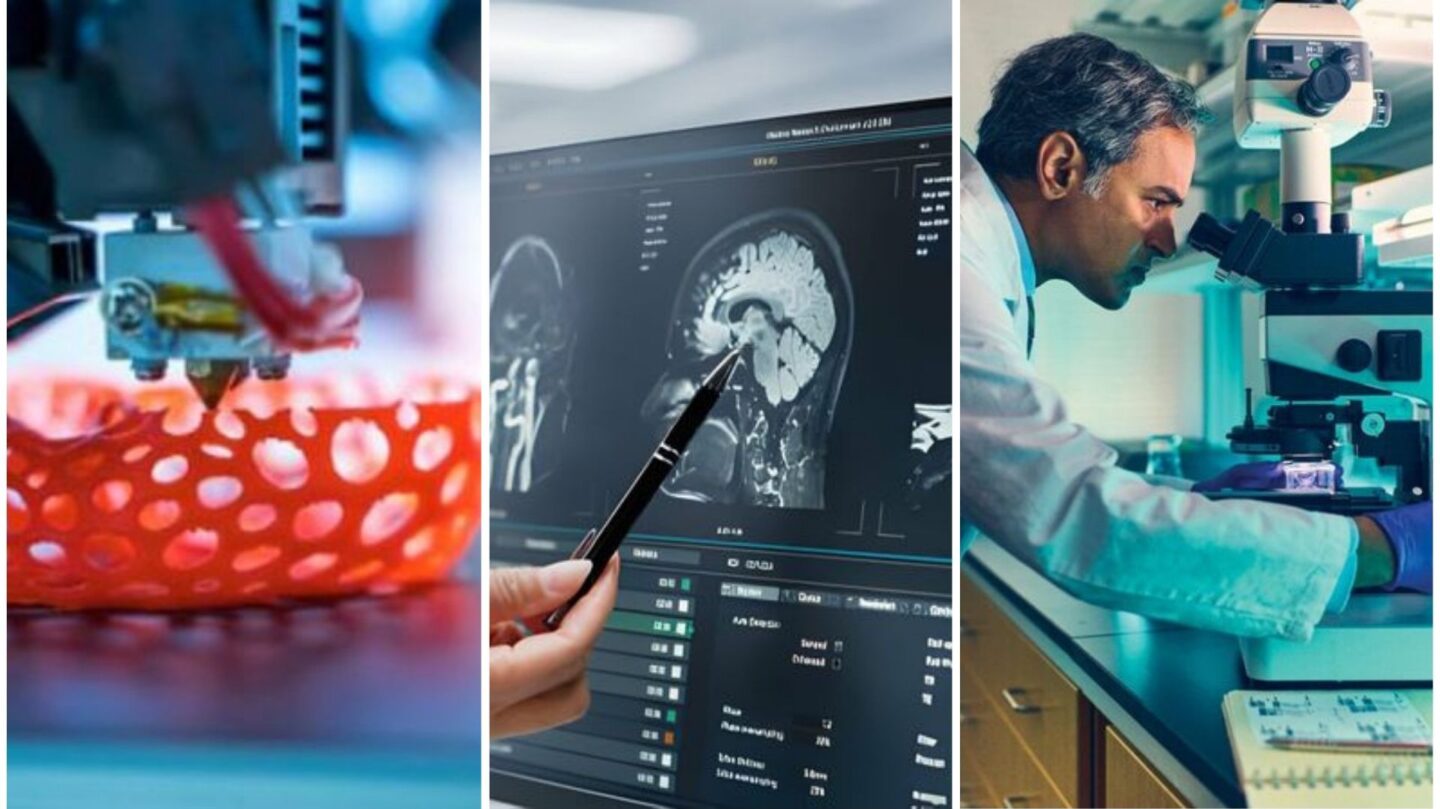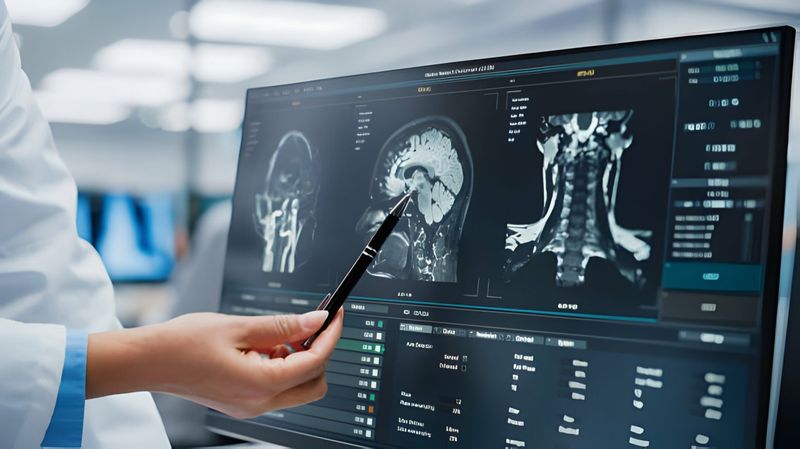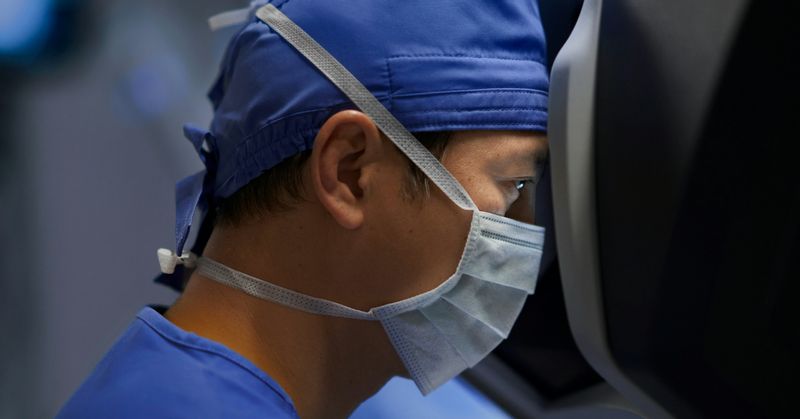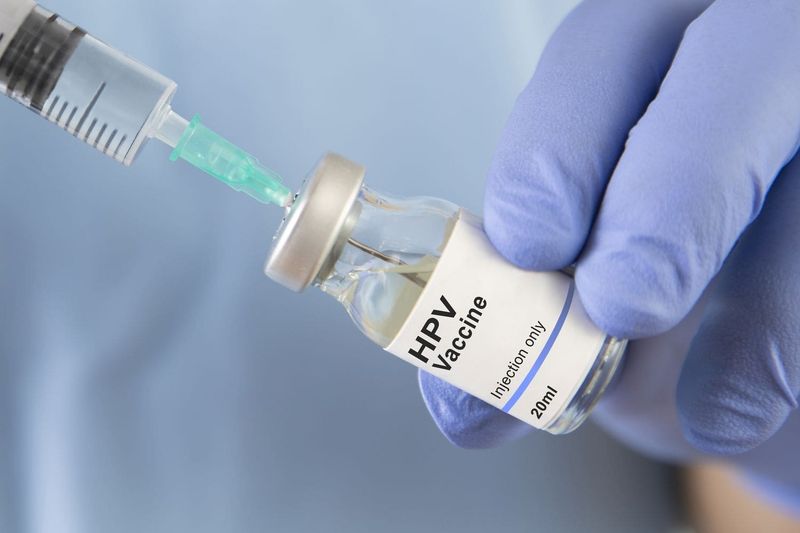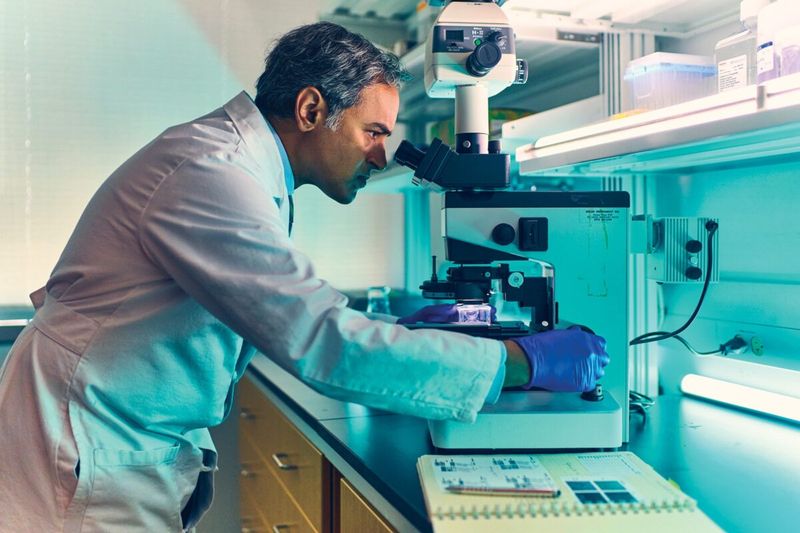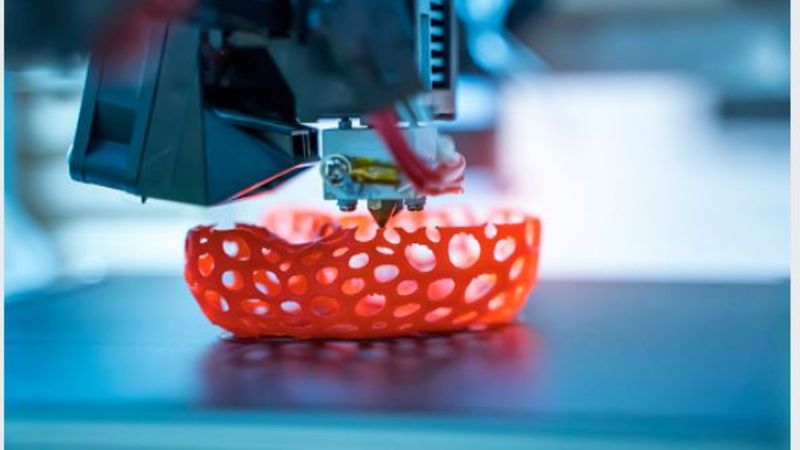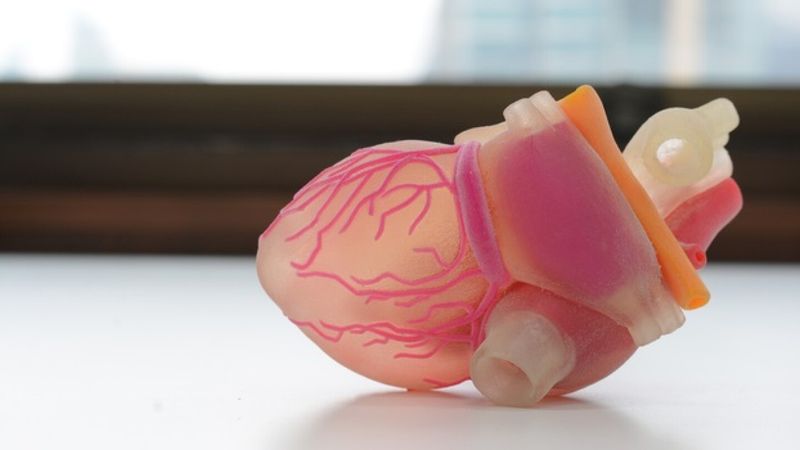The medical field has witnessed extraordinary transformations since the 1980s. From groundbreaking technologies to life-saving treatments, these advancements have significantly improved quality of life and healthcare outcomes. In this blog post, we explore ten pivotal medical breakthroughs that have had profound impacts on patients and healthcare systems worldwide.
MRI Technology
The advent of Magnetic Resonance Imaging (MRI) has revolutionized diagnostic medicine. This non-invasive imaging technology allows for detailed visualization of internal organs and structures. Early MRI machines were groundbreaking, providing clarity and precision never seen before.
Unlike previous imaging methods, MRIs do not use harmful radiation, making them safer for repeated use. This advancement has enabled doctors to diagnose conditions like tumors and brain disorders with unprecedented accuracy.
Over the years, MRI technology has continuously improved, becoming faster and more patient-friendly, solidifying its place as a cornerstone in medical diagnostics.
Antiretroviral Therapy (ART) for HIV
Antiretroviral Therapy (ART) has been a game-changer in the fight against HIV/AIDS. Introduced in the mid-1990s, ART transformed HIV from a fatal disease to a manageable chronic condition.
The therapy involves a combination of drugs that suppress the virus, preventing its progression and transmission. This breakthrough increased life expectancy and improved the quality of life for millions living with HIV.
Today, ART is widely accessible, with ongoing improvements in drug formulations, making it simpler and more effective, continuing to save countless lives worldwide.
Minimally Invasive Surgery
Minimally Invasive Surgery (MIS) has dramatically changed surgical procedures. Techniques like laparoscopy allow surgeons to operate through tiny incisions, reducing recovery time and risk.
MIS offers patients less pain and scarring, and quicker returns to normal activities. It has become the standard for surgeries ranging from gallbladder removals to hysterectomies.
Continuous advancements have expanded its application, improving outcomes and enhancing surgical precision. MIS exemplifies how technology can reshape healthcare, offering patients safer and more effective treatment options.
Human Genome Project
The Human Genome Project (HGP) was a monumental scientific endeavor that mapped the entire human genome. Completed in 2003, it provided an unprecedented understanding of genetic makeup.
The project has paved the way for personalized medicine, allowing for targeted treatments based on individual genetic profiles. This has led to breakthroughs in the diagnosis and treatment of genetic disorders.
HGP continues to influence biomedical research, opening new frontiers in genetics and offering insights into human evolution and disease processes.
Telemedicine
Telemedicine has transformed access to healthcare by enabling remote consultations and monitoring. This innovation bridges geographical barriers, providing care to patients in remote or underserved areas.
With the advent of the internet and mobile technology, telemedicine has expanded drastically, becoming a critical tool during global health crises. It offers convenience and flexibility, allowing patients to receive care from the comfort of their homes.
Telemedicine continues to evolve, integrating AI and advanced data analytics, thereby enhancing healthcare delivery and patient engagement.
Vaccines for HPV
The development of vaccines against Human Papillomavirus (HPV) marked a significant advancement in cancer prevention. Introduced in the mid-2000s, these vaccines target the virus responsible for cervical cancer.
By preventing HPV infection, these vaccines have the potential to significantly reduce cancer rates globally. Immunization programs have demonstrated success in lowering infection rates, showcasing the power of preventive medicine.
As research continues, these vaccines represent hope in the fight against other HPV-related cancers, emphasizing the critical role of vaccination in public health.
Targeted Cancer Therapies
Targeted cancer therapies have revolutionized oncology by focusing on specific molecular targets associated with cancer. Unlike traditional chemotherapy, these therapies attack cancer cells while sparing healthy tissues.
This precision approach has led to more effective treatments with fewer side effects, improving patient outcomes. The development of drugs like imatinib for chronic myeloid leukemia exemplifies this progress.
Targeted therapies continue to evolve, with ongoing research exploring new targets and treatment combinations, offering hope for more personalized and effective cancer care.
3D Printing in Medicine
3D printing technology has opened new horizons in the medical field. From creating custom prosthetics to organ models for pre-surgical planning, its applications are vast.
This technology allows for rapid prototyping and personalization, enhancing patient care and outcomes. Surgeons can practice complex procedures on 3D-printed models, reducing risks.
The ongoing innovation in 3D printing holds promise for even more groundbreaking applications, such as bioprinting tissues and organs, potentially revolutionizing transplant medicine and regenerative healthcare.
CRISPR Gene Editing
CRISPR-Cas9 gene editing technology has ushered in a new era of genetic research and therapy. This tool allows precise editing of DNA, offering potential cures for genetic disorders.
The simplicity and efficiency of CRISPR have made it a cornerstone in genetic engineering, enabling researchers to modify genes with unprecedented accuracy.
Ongoing advancements are exploring its therapeutic applications, from curing genetic diseases to enhancing agricultural productivity, making CRISPR a versatile tool with vast potential impacts.
Artificial Organs
The development of artificial organs has brought new hope to patients awaiting transplants. Devices like artificial hearts and kidneys support or replace failing organs, saving lives.
These technologies bridge the gap for patients on transplant waiting lists, offering improved quality of life and survival rates.
As research progresses, artificial organs continue to advance, with innovations aimed at enhancing functionality and biocompatibility, paving the way for future breakthroughs in organ replacement therapy.
